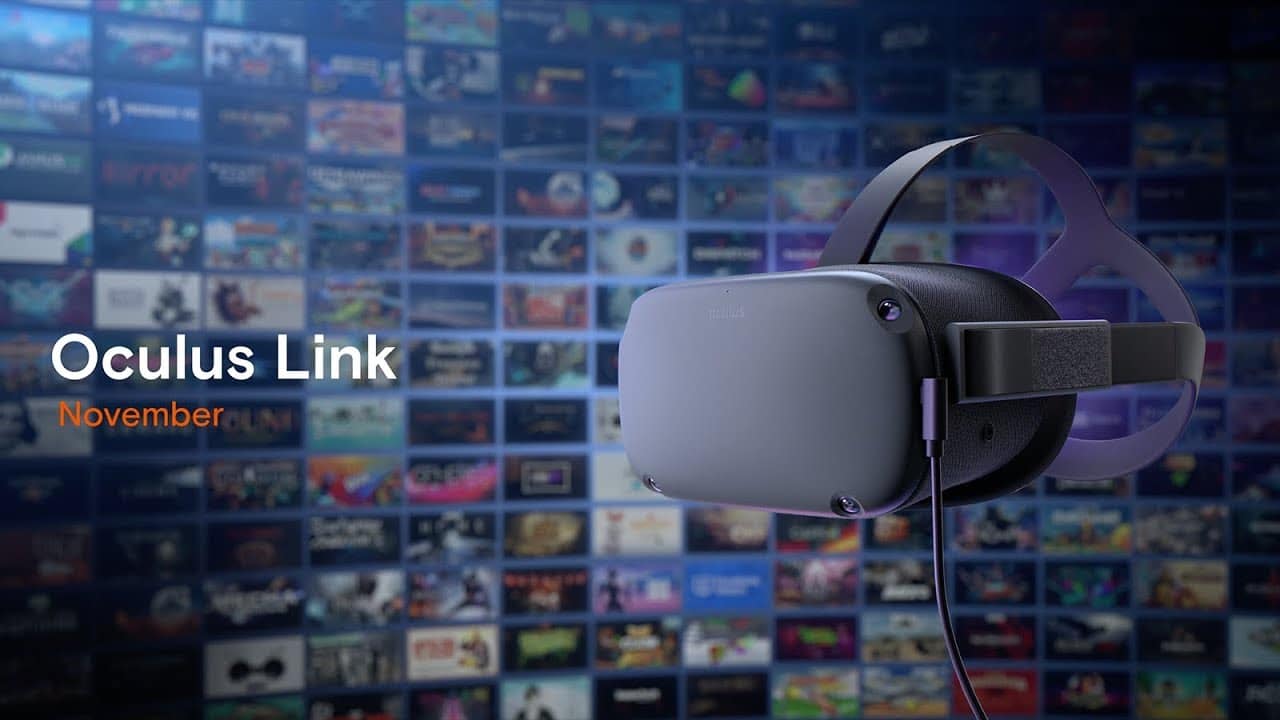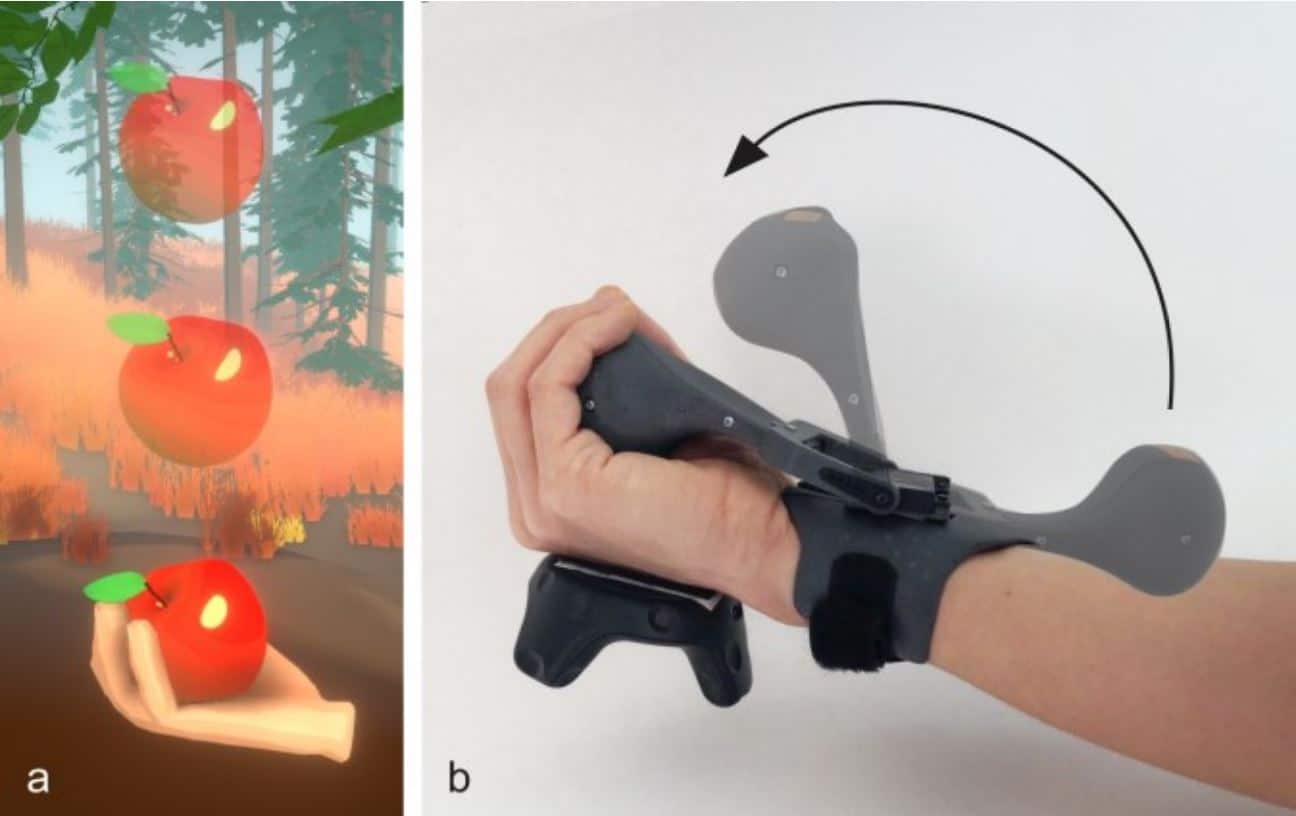
A recent study of tactile sensations in virtual reality from Microsoft called “PIVOT” can provide a realistic experience of catching and throwing in VR. And not only…
Accessory wrist strap, created by researchers at Microsoft, is a detail that turns the palm of the user, providing a fairly realistic experience catching, gripping and throwing in virtual reality.
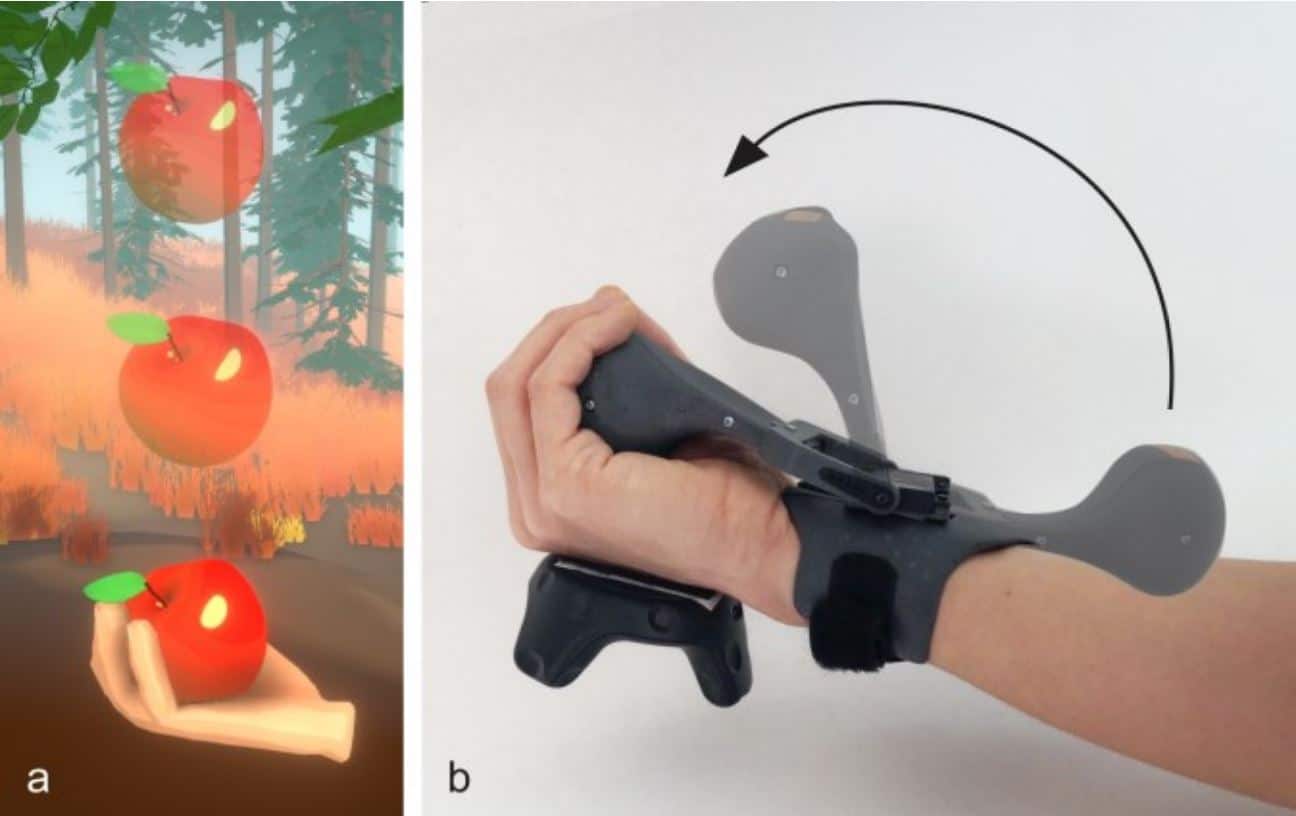
Today, most VR developers create their own mechanisms of throwing and capture, which may vary from controller to controller. Meanwhile, the tactile feedback provided by the consumer equipment of virtual reality today, can be described as no more than a minor vibration. However, the effect can be quite satisfactory for certain applications, for example, pulling of a bowstring or a light blow with the ball on the racket for table tennis. Microsoft researchers seem to offer a completely different level of realism with the PIVOT.
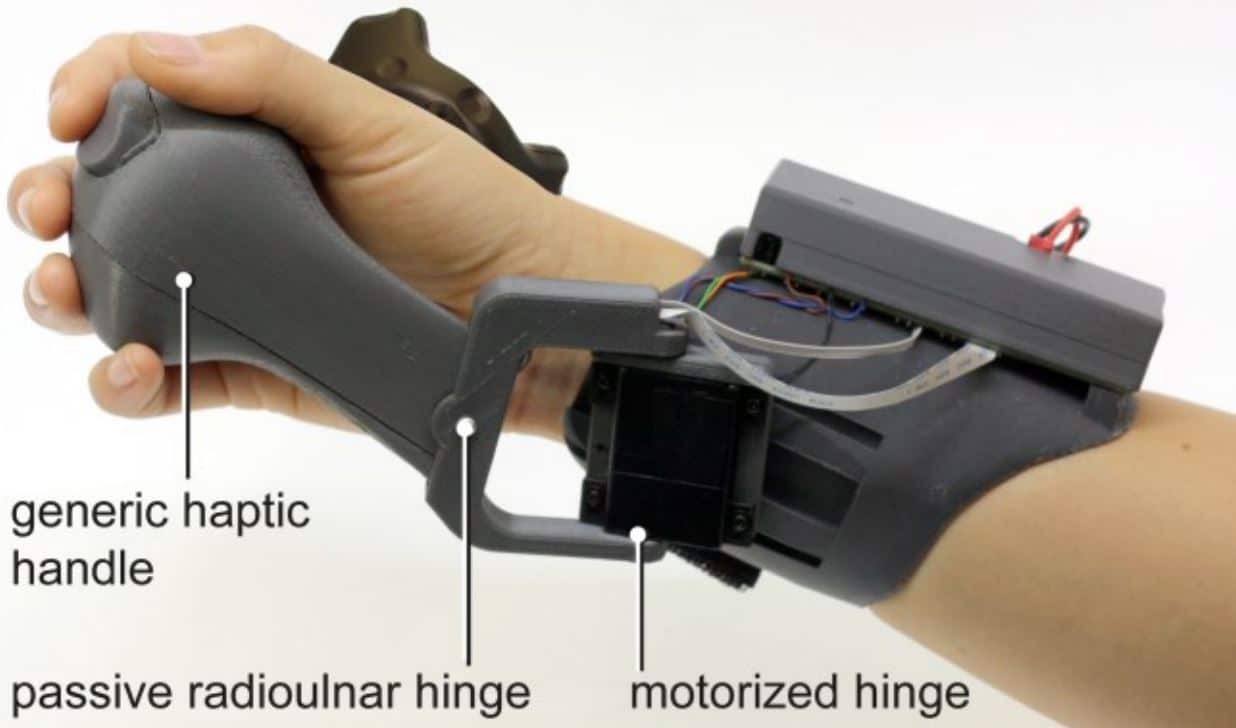
A new study presented at the Symposium of the ACM software and user interface technologies (UIST) 2020, described in detail in the document entitled “Haptic PIVOT: handheld computers upon request in virtual reality”, sponsored by Robert Kovacs, Eyal OFEK, Mar Gonzalez Franco, Alex Fay Sioux, Sebastian Marecki, Christian Holz, and Mike Sinclair. According to the blog post about the work that PIVOT is attached near the wrist, and “we can show the momentum and resistance thrown and caught objects are governed by Newton’s laws, including the modeling speed of objects when reaching hands: robotic tactile handle reveals when it is needed, approaching and finally reaching hands, creating a feeling of first contact — the transition from bare hands to the hand holding the object, thus mimicking our natural interaction with physical objects in such manner as a traditional portable controllers can“.
The document referenced above ends with the assumption that these “results support the potential PIVOT for future use”. In the future it will be possible to think about reducing the weight of the wearable device, or adding more motorized parts, so it is better to combine the mechanism with ball in hand. Also you can add other sensors like cameras to track the fingers, which can provide more accurate interaction.
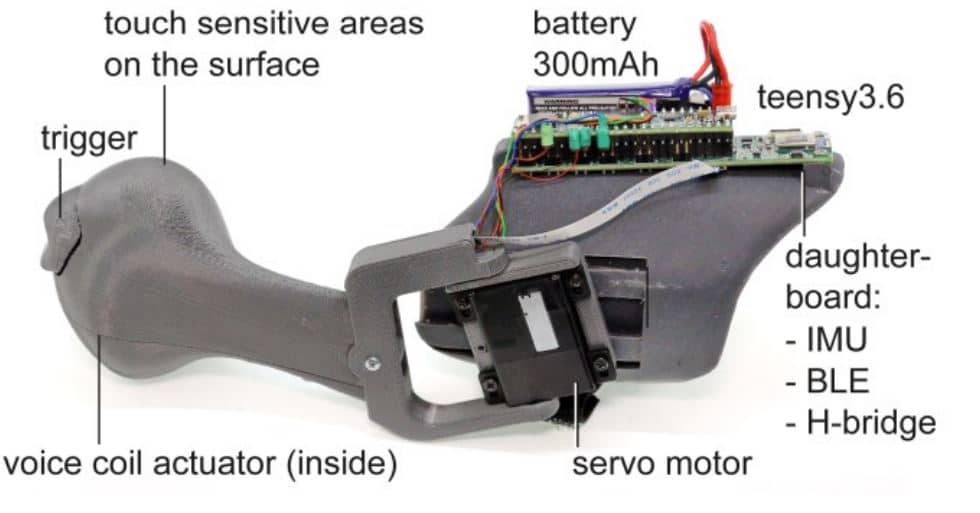
We’ve seen other studies with objects that are drawn or transformirovalsya the form — is it possible to use it here to offer different types of items in hand, which turn in the right position at the right time? The document describes in detail other research prototypes, which they considered, including the design, which used a streamlined handle controller Windows Mixed Reality, which could rotate in your hand, and another design with 3DoF joystick.

Source






